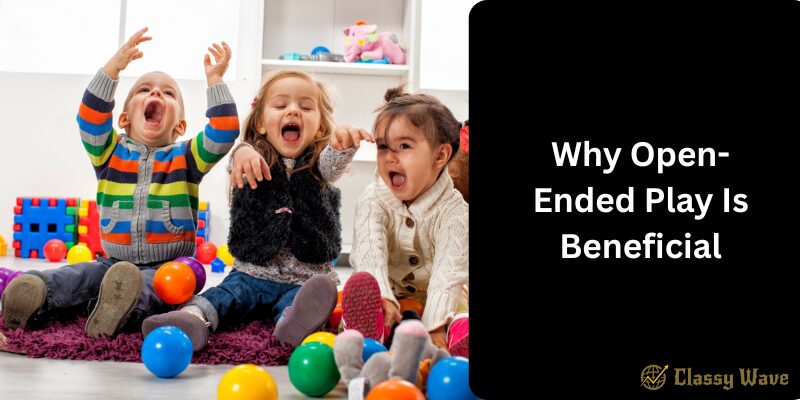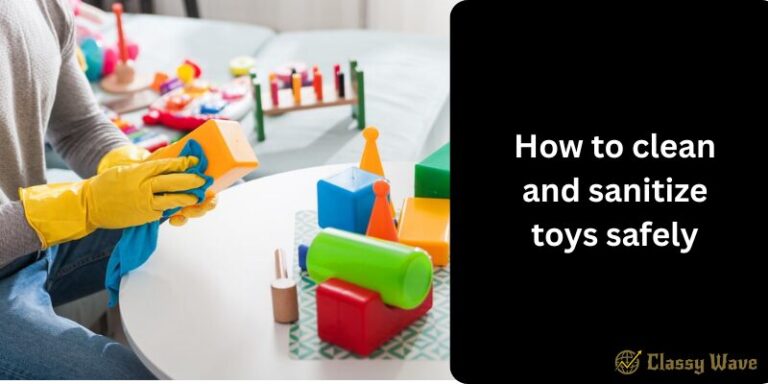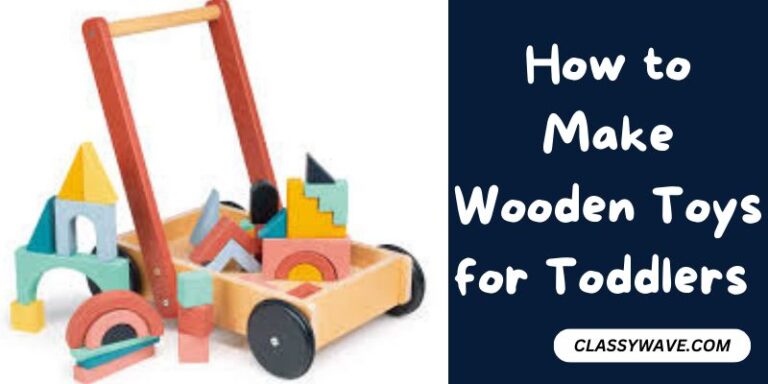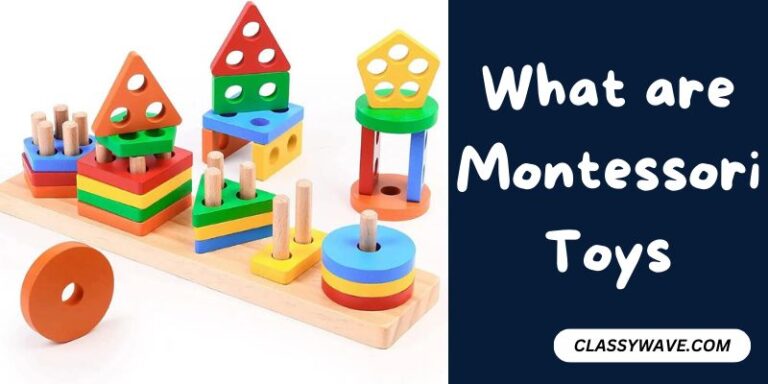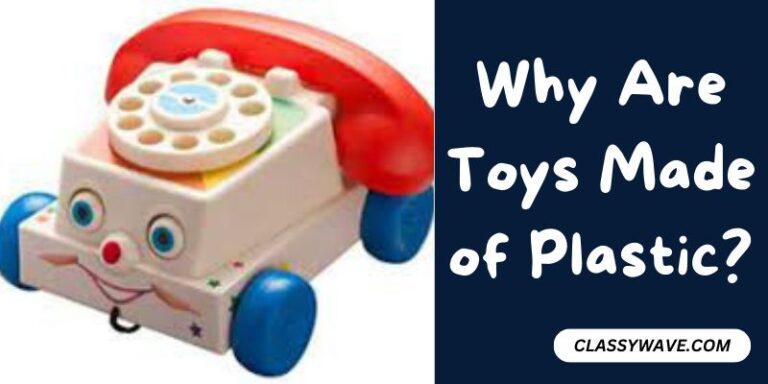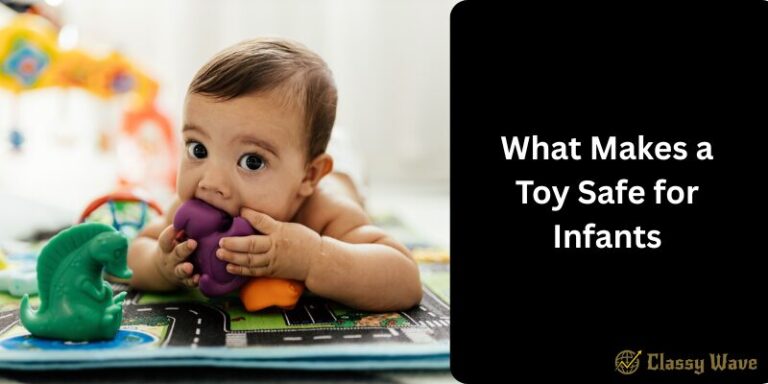Why Open-Ended Play Is Beneficial | Classy Wave
Have you ever watched a child turn a simple cardboard box into a rocket ship, a house, or a treasure chest? That’s the beauty of open-ended play — it allows children to explore their imagination without limits. Unlike structured play with rules or specific outcomes, open-ended play gives kids the freedom to decide how they want to play, what they want to create, and where their imagination takes them.
In this article, we’ll dive into why open-ended play is so beneficial for children’s development and how it nurtures creativity, problem-solving, and emotional growth.
What Is Open-Ended Play?
Open-ended play involves using toys, materials, or objects that don’t have a defined purpose. There’s no “right” or “wrong” way to play. Kids can use their imagination to create their own stories and experiences.
Examples include:
- Building with blocks or LEGO
- Playing with dolls or action figures
- Using art supplies to create anything they imagine
- Exploring nature and collecting rocks or leaves
This kind of play lets children be the directors, inventors, and storytellers of their world.
Encourages Creativity and Imagination
Open-ended play sparks imagination like nothing else. When children are free to decide how to use their toys or materials, they start thinking creatively. A stick can become a sword, a magic wand, or even a microphone!
This flexibility teaches them to think outside the box and develop creative solutions — skills that are invaluable later in life.
Develops Problem-Solving Skills
When kids build, experiment, or role-play, they constantly face small challenges — a tower might fall, a bridge may be unstable, or a story might need a new twist. Without adult instructions, they learn to solve these problems independently.
This trial-and-error process strengthens their ability to think critically and persist when things don’t go as planned.
Promotes Social and Emotional Growth
When children engage in open-ended play together, they learn to communicate, negotiate, and cooperate. They take turns, share ideas, and resolve conflicts naturally.
Emotionally, this kind of play gives kids a safe space to express feelings and explore real-world situations through imagination — such as pretending to be a doctor, teacher, or parent.
Boosts Confidence and Independence
Because there are no rules or expectations, children in open-ended play are free to take risks and make their own decisions. When they see their ideas come to life — whether it’s a tall block tower or a homemade fort — it builds a sense of accomplishment and self-confidence.
Over time, this independence helps them feel capable of handling challenges outside of playtime too.
Enhances Language and Communication Skills
Through storytelling and role-play, children naturally expand their vocabulary and language skills. They describe what they’re building, express their emotions, and communicate with others involved in the play.
For younger kids, this process helps with speech development and sentence structure. For older children, it strengthens storytelling and social communication.
Improves Fine and Gross Motor Skills
Open-ended play often involves hands-on activities like stacking blocks, molding clay, or drawing. These tasks improve fine motor control and hand-eye coordination.
At the same time, active open-ended play — such as building a fort or running through an imaginary jungle — supports gross motor skills, balance, and coordination.
Encourages Focus and Attention Span
When children are deeply involved in imaginative play, they can focus for long periods without external motivation. They become fully immersed in their world — concentrating on details and staying engaged.
This ability to stay focused naturally strengthens their attention span and prepares them for learning environments later on.
Supports Cognitive Development
Open-ended play activates multiple parts of the brain. As kids plan, experiment, and make decisions, they’re developing reasoning, memory, and spatial awareness.
For example, when building a structure, they learn about balance, symmetry, and cause-and-effect — all essential cognitive skills that form a foundation for math and science learning.
Fosters Emotional Regulation
Children often use play to work through emotions they don’t yet know how to express verbally. Pretending allows them to act out feelings like anger, fear, or excitement in a safe and creative way.
For instance, a child might play out a doctor visit to overcome their fear of shots. This helps them process emotions and develop empathy for others.
Encourages Family Bonding
Open-ended play isn’t just for kids — parents can join in too! Engaging with your child during imaginative play strengthens your bond. You get a glimpse into their thoughts and creativity while providing gentle guidance and support.
It’s a wonderful way to connect without screens or distractions, creating lasting memories together.
Examples of Open-Ended Toys and Materials
Here are some great materials to encourage open-ended play at home:
- Building blocks (wooden, magnetic, or LEGO)
- Playdough or modeling clay
- Art supplies (paper, paints, markers, glue)
- Dolls and action figures
- Cardboard boxes, fabric scraps, and household items
- Nature items like sticks, stones, and leaves
These simple items inspire endless creativity — no batteries or instructions needed!
How to Encourage Open-Ended Play at Home
- Limit Screen Time: Give children more time for imaginative play instead of passive entertainment.
- Provide a Variety of Materials: Offer items that can be used in many ways.
- Avoid Over-Directing: Let your child lead the play instead of showing them “how” to play.
- Create a Play-Friendly Space: Dedicate an area where kids can make a mess and explore freely.
- Join In Occasionally: Be part of their world — but let them take charge of the story.
Conclusion
Open-ended play is far more than just fun — it’s a crucial part of childhood development. It nurtures creativity, independence, confidence, and problem-solving skills while helping children make sense of the world around them. By encouraging this type of play, you’re giving your child the freedom to learn, explore, and grow at their own pace — one imaginative adventure at a time.

